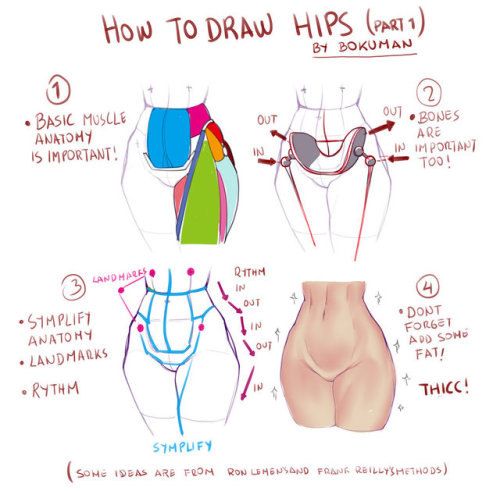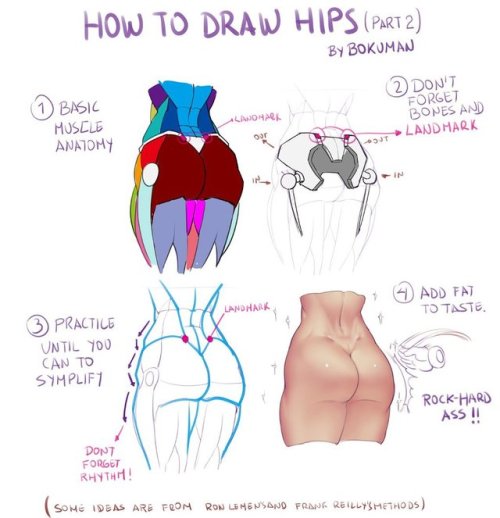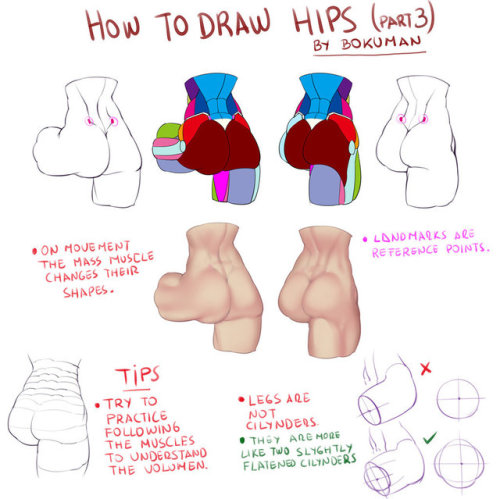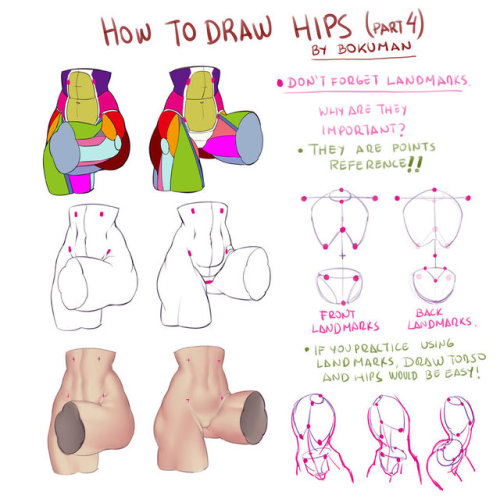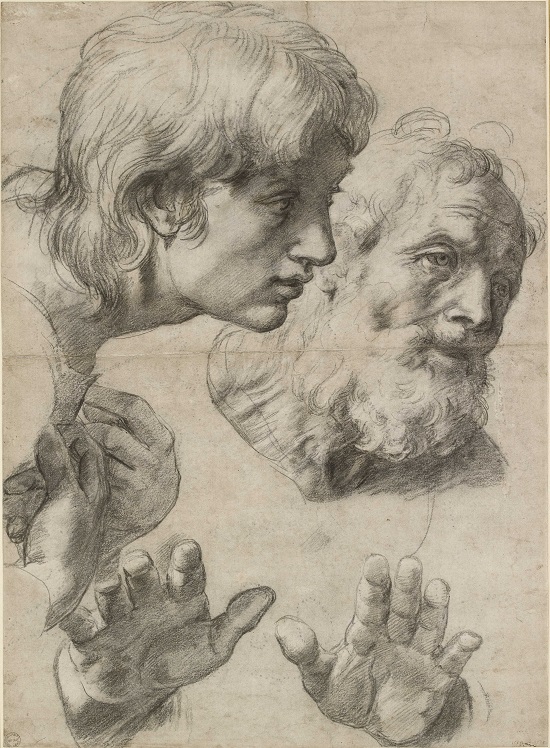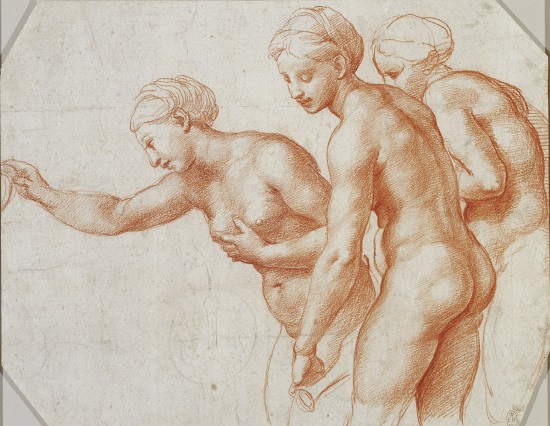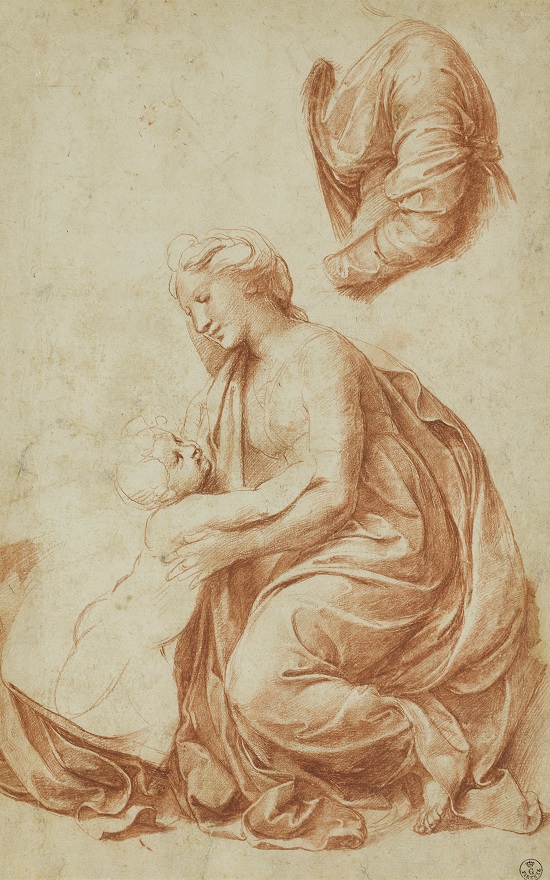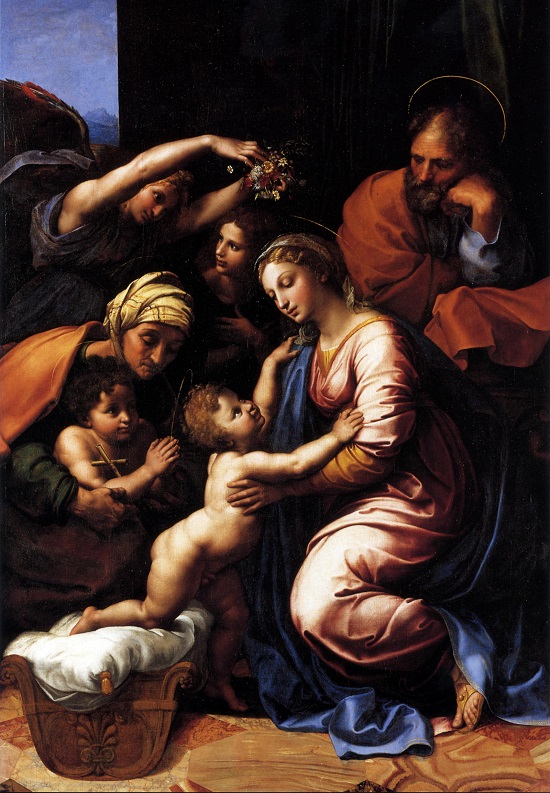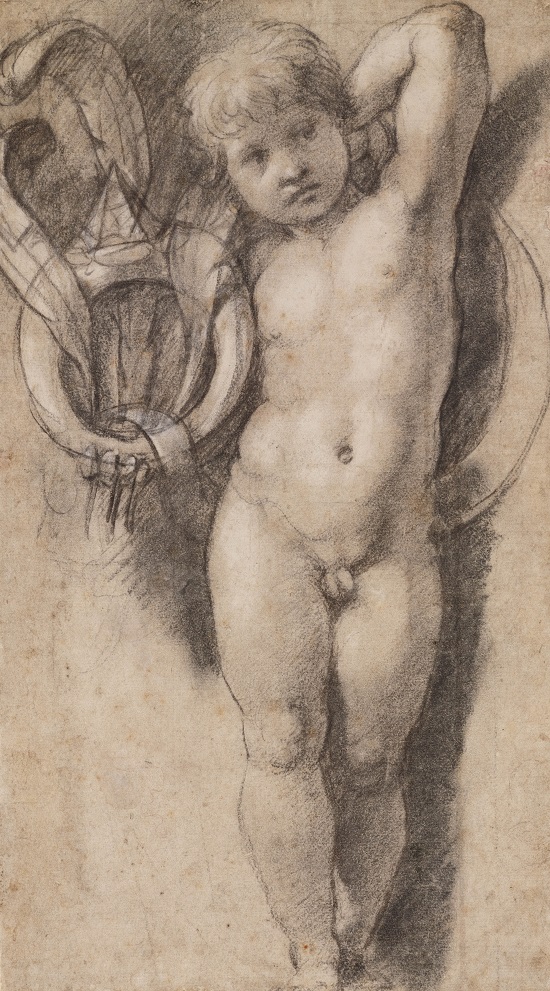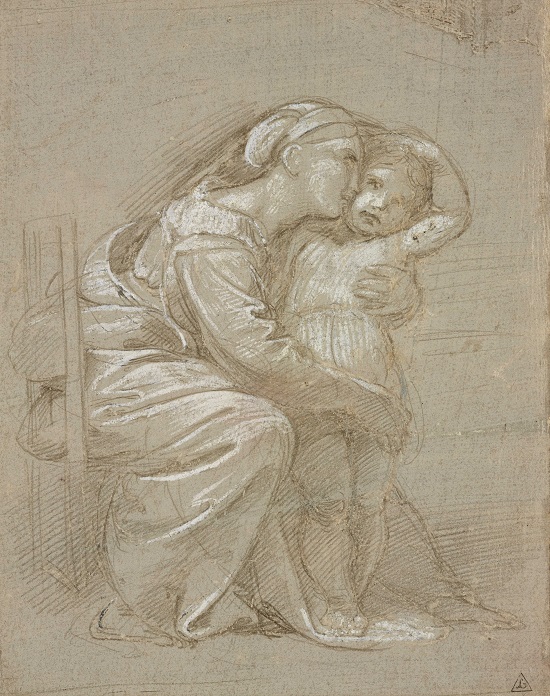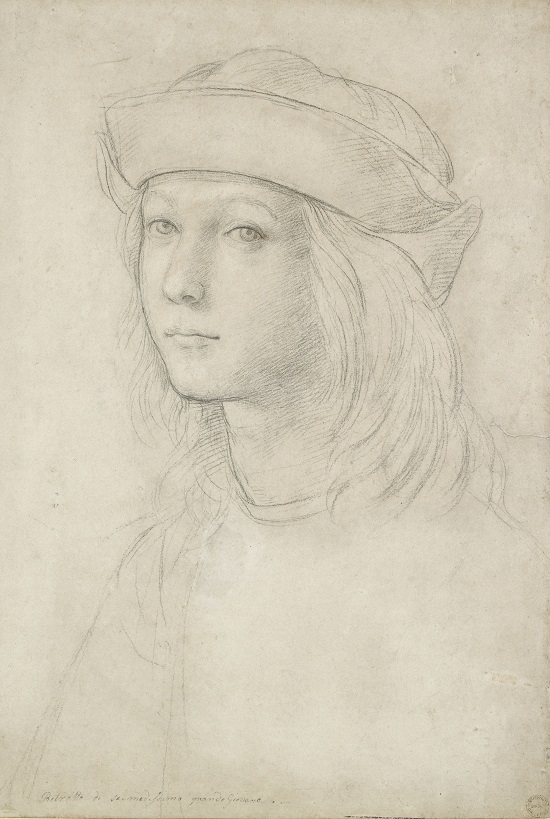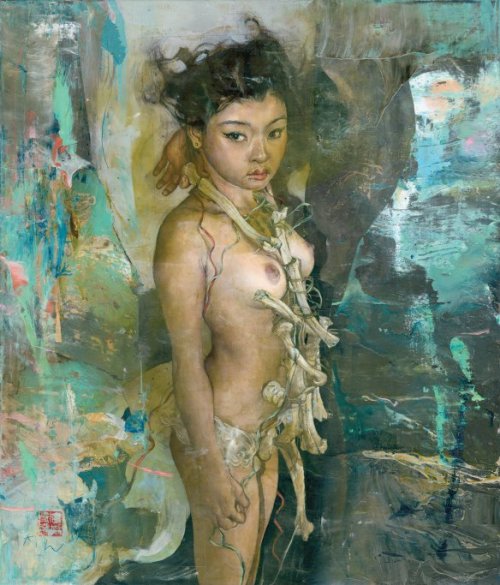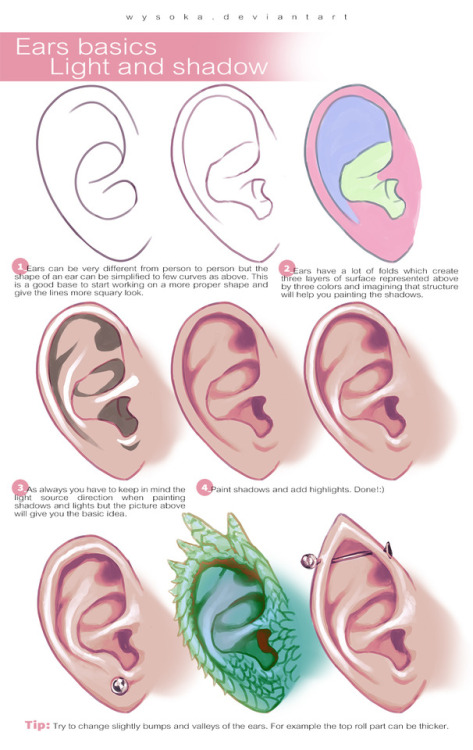----
How to Draw Facial Expressions: A Quick Guide //
Artist's Network One of the many challenging aspects of drawing is that if you want to learn how to draw a face, it's not really just one subject you need to learn, it's many. This is because faces showing different emotions hardly look the same.

A happy face looks very different than a sad face, or a surprised face. And on top of this, of course, no two people's faces are the same to begin with. (No one said drawing would be easy!) To help, we're here with advice about how to draw facial expressions that will "wow" your viewer.
In this article, you'll discover how the face changes when it takes on six of the most universally recognized emotions: happiness, sadness, fear, surprise, anger and disgust.
For a much more in-depth lesson on this topic — including a breakdown of the all-important muscles that create these expressions — check out the Summer issue of Drawing magazine. This issue includes an article by veteran instructor Jon deMartin, titled "Expressions of the Face."
Drawing Facial Expressions: Six Essential Emotions

Neutral Expression, by Jon deMartin, 2017, red and white chalk on toned paper, 14 x 11. **Information in this post was adapted from an article by Jon deMartin, featured in Drawing magazine.
The facial muscles can produce an almost infinite number of expressions as they contract or relax. Some expressions are emphatic, others subtle. True expressions are involuntary and convey the emotions a person is feeling. False expressions do not; they can be used as a mask or cover.
You can become familiar with facial expressions by using a mirror to look for the action of the muscles on your own face. Many cartoonists keep a mirror handy so they can assume any expression they want when illustrating their characters.
To illustrate the most common facial expressions, I created several drawings of Christophe, a model who has a unique ability to transform his face.
I first drew Christophe in a neutral state, with no facial muscle contractions or discernible expression (see above). We can compare this neutral face to the subsequent expressive faces to determine what actions and movements have taken place.
Happiness

Happiness, by Jon deMartin, 2017, red and white chalk on toned paper, 14 x 11.
When we express happiness, the corners of the mouth are pulled up, out and back. Additionally, the nasolabial furrow — the furrow of skin that passes from the top of the wing of the nose down to the corner of the mouth — is pulled in the same direction as the mouth and is deepened.
The fronts of the cheeks are raised and puffed, producing wrinkles under the lower eyelid. The eyes narrow, and the lower face is widened and lifted.
Sadness

Sadness, by Jon deMartin, 2017, red and white chalk on toned paper, 14 x 11.
When we express sadness, the inner ends of the eyebrows are raised and drawn together, which usually inclines the eyebrow. Horizontal skin wrinkles develop on the center of the forehead only.
The medial ends of the folds covering the eye — that is, the ends nearer to the middle of the face — are pulled up. The lateral parts of those folds, closer to the edges of the face, are pulled down. The angles of the mouth are pulled down at the corners, lengthening the "long face" of sadness.
Surprise

Surprise, by Jon deMartin, 2017, red and white chalk on toned paper, 14 x 11.
When our faces show surprise, the brows are raised straight up and arched. The upper eyelids are raised in more intense versions of surprise, and the white above the iris shows.
The lower jaw drops with the mouth open, the lips relax, and the face lengthens.
Fear

Fear, by Jon deMartin, 2017, red and white chalk on toned paper, 14 x 11.
In fear, the brows are raised and drawn together; they become straight and horizontal, with a kink at the medial ends near the center of the face.
Wrinkles develop across the entire forehead. The mouth is usually open. The entire lower face widens and flattens, producing high, rigid folds on the front and sides of the neck.
Anger

Anger, by Jon deMartin, 2017, red and white chalk on toned paper, 14 x 11.
When our muscles express anger, the medial ends of the eyebrows are pulled down and drawn together. The nostrils flare; the mouth squares, exposing the teeth; the lips tense; and the neck becomes engorged.
Disgust

Disgust, by Jon deMartin, 2017, red and white chalk on toned paper, 14 x 11.
The last emotion we'll study here is disgust. In this expression, the middle portion of each side of the upper lip is pulled up, and the skin on the bridge of the nose becomes wrinkled.The front of the cheeks rise and bulge, and wrinkles develop below the lower eyelid.
Because the lower eyelid is pushed upward by the rising cheek, the eye opening becomes narrower. Extreme contraction of these muscles will part the lips, exposing the upper teeth.
Facial expressions, like figure gestures, are fleeting. But with knowledge of the underlying muscles and plenty of thoughtful practice, we can draw them with conviction, widen our creative horizons and convey the entire spectrum of human emotion.
The post How to Draw Facial Expressions: A Quick Guide appeared first on Artist's Network.
----
Read in
my feedly 




